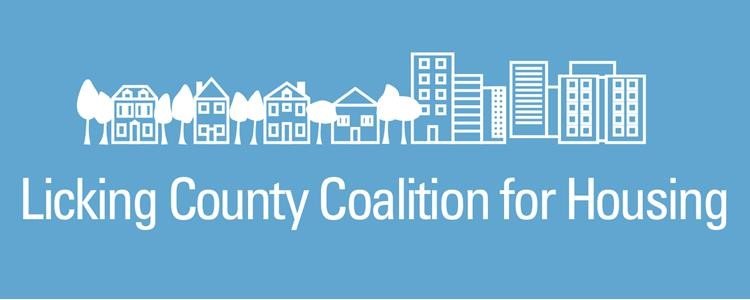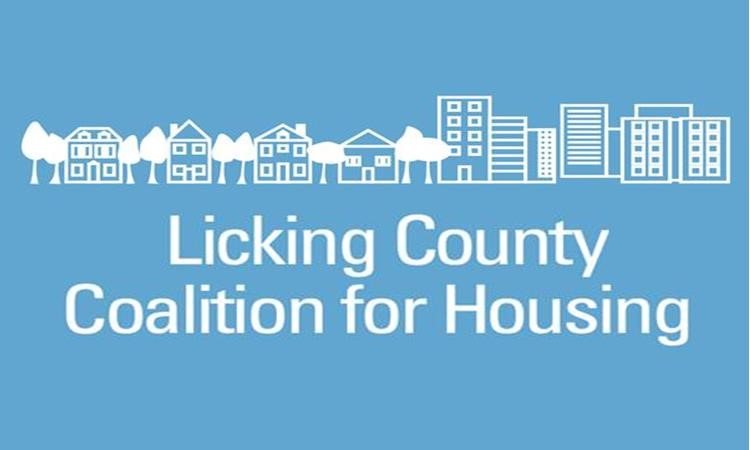
Helping our Communities,
all over Ohio.
We are here to offer support and assistance to those in need. Whether you're facing homelessness or struggling with low income, LCCH is dedicated to helping our community members find stable housing options. Our goal is to provide a safe and welcoming environment for families in transition.

Homelessness:
Fact vs Myth
-
“Homelessness is a temporary issue.”
A striking aspect of homelessness is the existence of a subgroup constituting 22 percent of those without homes—referred to as 'chronically homeless individuals.' This category specifically includes people contending with disabilities who have endured prolonged or recurring incidents of homelessness. Chronic homelessness, as defined by the U.S. Department of Housing and Urban Development (HUD), is precisely defined as the condition of being homeless and living in such circumstances for a minimum of 12 months or on at least four separate occasions within the preceding three years. This definition underscores the enduring and recurrent nature of the challenges faced by this segment of the homeless population.
These chronically homeless individuals confront a unique set of obstacles, where the intersection of disability and persistent housing instability creates a complex web of difficulties. For them, the struggle extends beyond the immediate need for shelter; it encompasses a sustained battle against the cyclical nature of homelessness, with its impact deepening due to the added layer of disability. Addressing the needs of this demographic requires comprehensive and targeted interventions that go beyond short-term housing solutions, acknowledging the interconnected issues of disability, extended homelessness, and the associated hurdles to stability and well-being.
-
"People who are homeless should just get a job and then they would not be homeless."
Within the realm of homelessness, a notable phenomenon surfaces: a substantial proportion of individuals without permanent shelter are actively engaged in employment, often juggling not just one, but sometimes two or even three jobs. According to findings from the National Coalition for the Homeless, an estimated 40%-60% of individuals experiencing homelessness across the nation are part of the workforce. This employment statistic, however, unveils a stark reality—the presence of a paycheck does not automatically translate to a resolution of their homelessness or mitigate the multitude of challenges they face.
The complexities of homelessness extend far beyond the realms of employment. While these individuals demonstrate resilience and determination by actively participating in the labor market, their daily reality involves navigating a myriad of hurdles such as securing stable shelter, accessing necessities, and overcoming systemic barriers to long-term stability. The juxtaposition of employment against the backdrop of homelessness underscores the urgent need for holistic support systems that address not only immediate housing concerns but also the broader spectrum of challenges faced by those balancing work and homelessness. Recognizing and responding to the multifaceted nature of their predicament is crucial for crafting effective and sustainable solutions that uplift individuals out of homelessness.
-
"People who are homeless are dangerous, violent, and/or criminals."
Being homeless does not inherently increase the likelihood of engaging in criminal activities compared to those with housing, except for one legal distinction: camping ordinances. Merely being without a home can be considered a violation of this law. In truth, most homeless individuals invest their time and resources to survive and enhance their circumstances.
Contrary to stereotypes, the vast majority of homeless individuals spend their time navigating a complex web of challenges, such as finding shelter, accessing necessities, and securing stable employment. The absence of a permanent residence often forces them into a daily survival mode, where securing food, hygiene, and safe places to sleep takes precedence over other concerns. Amidst these challenges, many strive to overcome their adversity, often demonstrating resilience, resourcefulness, and a strong will to regain stability.
It's crucial to approach the issue of homelessness with empathy and a nuanced understanding of the multifaceted factors contributing to this predicament. Rather than perpetuating stigmas, a compassionate perspective can pave the way for effective solutions and support systems that address the root causes and challenges faced by individuals experiencing homelessness.
-
"Homeless Individuals Are Lazy and/or Choose To Be Homeless"
The desire for employment among homeless individuals is pronounced and tangible. A comprehensive study conducted in 2021 revealed that a significant proportion, with 53% residing in shelters and 40% among the unsheltered, were actively employed. However, peeling back the layers of this statistical revelation unveils a landscape of complexity.
While employment is a crucial aspect of stability, it doesn't serve as a panacea for the multifaceted challenges associated with homelessness. The intricacies lie in the pursuit of not just any job but in the attainment of life-sustaining wages. Housing security, a fundamental aspect of stability, is intricately tied to income levels. Unfortunately, the stark reality is that a considerable majority of those experiencing homelessness find themselves in a predicament where their earnings fall significantly short of what is necessary to afford stable housing.
This disparity highlights a systemic issue where the link between employment and housing security is weakened by the inadequacy of wages. The complexity of the situation demands a holistic approach that addresses not only the need for immediate shelter but also the critical economic factors contributing to the perpetuation of homelessness. Solutions must delve into the intricacies of wage disparities, affordability, and systemic barriers to create pathways that empower individuals to break free from the cycle of homelessness.
-
"Homelessness only affects single, adult males."
Contrary to the common misconception that homelessness predominantly affects single, adult males, the reality is far more diverse. Homelessness spans across various demographics, including families with children, youth, elderly individuals, veterans, and members of the LGBTQ+ community. Families facing homelessness, often led by single parents, struggle with providing stable living conditions for their children, impacting education and overall well-being. Youth experiencing homelessness may grapple with family conflicts, abuse, or aging out of foster care, facing unique challenges in terms of education and employment. Additionally, homelessness among older individuals is on the rise, driven by factors such as fixed incomes and rising healthcare costs. Veterans transitioning to civilian life and members of the LGBTQ+ community, who may face discrimination or lack inclusive support systems, are also disproportionately affected.
Recognizing this diversity is essential for tailoring support services and interventions effectively. Dispelling the myth that homelessness is confined to a specific demographic allows for a more inclusive approach, promoting empathy, eradicating stigma, and fostering comprehensive solutions to address the varied challenges faced by individuals experiencing homelessness.
-
"Personally giving money directly to homeless individuals only supports addiction."
The notion that providing direct financial assistance to homeless individuals solely supports addiction oversimplifies the complex circumstances faced by people experiencing homelessness. While it is essential to consider the potential implications of how assistance is provided, making assumptions about the use of funds can undermine the varied challenges individuals may be confronting. Homelessness is often intertwined with a multitude of issues such as unemployment, mental health struggles, and systemic barriers.
Direct financial support can be a lifeline for some individuals, offering them the autonomy to address their most pressing needs, whether it be securing a meal, accessing hygiene essentials, or obtaining temporary shelter. Blanket assumptions about the misuse of funds overlook the agency of homeless individuals and dismiss the varied ways in which financial assistance can contribute to their immediate well-being.
However, it's crucial to recognize that systemic issues contributing to homelessness, such as the lack of affordable housing and comprehensive support services, require broader societal solutions. While providing direct aid can offer immediate relief, addressing the root causes of homelessness necessitates collective efforts, including advocating for policy changes, supporting affordable housing initiatives, and promoting mental health services. A balanced approach, combining immediate assistance with long-term systemic solutions, ensures a more comprehensive and compassionate response to the complex issue of homelessness.
-
"A person is homeless if they live with friends or family members."
This statement requires a more nuanced understanding of homelessness. While residing with friends or family may provide a temporary roof, it doesn't necessarily eliminate the experience of homelessness, especially if the living arrangement lacks stability or is unsustainable. The situation may involve overcrowded or inadequate living conditions, strained relationships, or the constant threat of eviction, leaving individuals in a state of housing instability.
Homelessness extends beyond literal street living; it encapsulates a spectrum of precarious housing situations. Couch-surfing or living with friends and family might be a transitional phase for some, but it can still reflect the absence of a stable and permanent residence. The lack of secure housing can have profound implications on one's well-being, mental health, and ability to plan for the future.
Recognizing the broader definition of homelessness is essential for developing comprehensive support systems. Addressing the various shades of housing instability, whether literal street homelessness or precarious living arrangements with friends and family, ensures that interventions encompass the diverse needs of those experiencing housing challenges.
Contact Us
Feel free to get in touch with us if you have any questions or concerns. We are here to help you find a safe and secure place to call home. Don't worry, your message is important to us and we will get back to you as soon as possible.

